|
Patterning is an important mathematical skill. It is one way we turn chaos into order. Proficiency in multiplication, addition and skip counting (and reading!) all require an understanding of patterning. Some children have a hard time creating a pattern on their own. Pattern copying and adding on to an existing pattern are important skills children need before they can create their own patterns. When children become proficient at creating patterns, we introduce other variables to the pattern. For example, when children were asked to read the pattern below, at first they said "orange, blue, purple, orange, yellow, yellow!" They quickly discovered that there was no way to tell what comes next by looking at the colors, and eventually concluded that the pattern here is "adult, child, adult child," or "tall, short, tall short." Of course, we practiced more patterns with extraneous variables so the children would continue to solidify and build onto their patterning foundation.
1 Comment
Our goal, as preschool teachers, is to expose each child to all areas of mathematics building a strong foundation for the comprehension of mathematical concepts. There are five fields into which we group our Math Standards: Number Sense, Geometry, Measurement, Sorting and Patterning, and Problem Solving. This blog entry will cover the Academic Standards that fall under the Sorting and Patterning category. Sorting and Patterning Sorting by One Attribute - Sorting by One Attribute is the act of grouping objects into sets by color, shape, size, or another attribute. Sorting by Two Attributes - Sorting by two attributes is grouping objects into sets by two attributes. When we begin making Venn diagrams, these sets would belong in the middle of the Venn diagram - groups that are red AND round or large AND blue, etc. Make-A-Rule Sorting - Given a set of objects, a child can make her own rule and group the objects accordingly. The child who sorted the buttons below grouped them by number of holes on each button. Pattern Copying - Pattern Copying is simply copying a pattern that has already been laid out. A child may need to be exposed to pattern copying many times before he can add on to an existing pattern or create his own pattern. Adding on to a Pattern Creating a Pattern Reading and Interpreting Patterns - The child can read and interpret a pattern in a new way. The children below are reading a visual pattern and interpreting it with their bodies. Creating a Venn Diagram Creating a Matrix Sorting and Patterning is just one small part of preschool mathematics. We have broken Sorting and Patterning into nine standards:
Sorting by One Attribute Sorting by Two Attributes Make-A-Rule Sorting Copying a Pattern Adding on to a Pattern Creating a Pattern Reading and Interpreting Patterns Creating a Venn Diagram Creating a Matrix In our classroom, each lesson, game or classroom material has been intentionally planned and placed in the room to fulfill our Academic Content Standards. Children need to be given many opportunities to practice making different types of patterns. Before children are able to make patterns, they need to be able to sort objects by one attribute (color shape or size). The first stage of patterning is pattern copying. The child will simply copy a pattern that has been chosen for her. When a child has completed her pattern, I have her "read" it back to me to give her extra practice beginning on the left and ending on the right. This is an important habit for children to form. The second stage of patterning is adding on to an already created pattern. A pattern must have at least two or three pattern cycles completed for a student new to patterning to be able to see and add on to the pattern. This is where worksheets often fail. Example: A worksheet has RED YELLOW RED... What comes next? Honestly, I'm not sure. Is the pattern "RED YELLOW RED YELLOW RED YELLOW"? Or is it "RED/YELLOW/RED RED/YELLOW/RED"? The third stage of patterning is creating a new pattern. These children are working in pairs to create their own patterns. Children learn valuable social skills by working together. When a child has to help explain something, like patterning, to another child, it helps cement knowledge and understanding for both children. It's great for the children to be able to work on their fine motor skills and patterning by making these necklaces with dyed pasta. Stringing pony beads onto pipe cleaners is an easy way to make pattern bracelets. The best part is - the beads don't fall off!! These pattern snakes were REALLY hard to make, but worth it! First we glued our strips of paper together. Next I taught them how to tie a knot to connect the body segments. We made a huge mess, but we usually do when we try something new.
Patterning helps shape higher level thinking skills. In order for a child to add on to an already created pattern, they must analyze the existing pattern and then figure out what comes next. Without understanding patterns, we would never be able to count to 1,000 (or recognize numerals to 1,000). Think about how labor intensive it would be to memorize every single numeral to 1,000! Ah, but it’s so easy for us because we recognize the pattern. Patterns help develop a strong mathematical foundation by building thinking and problem solving skills. They are important to become a fluent reader, as well!
|
AuthorWendy Joy Yohman Archives
December 2017
Categories
All
Sites I recommend:Affiliate Disclosure:
|
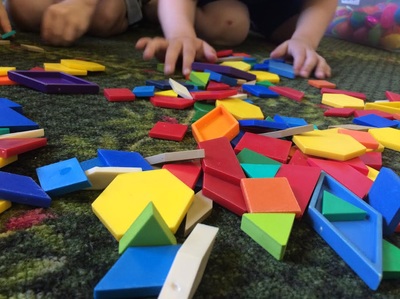
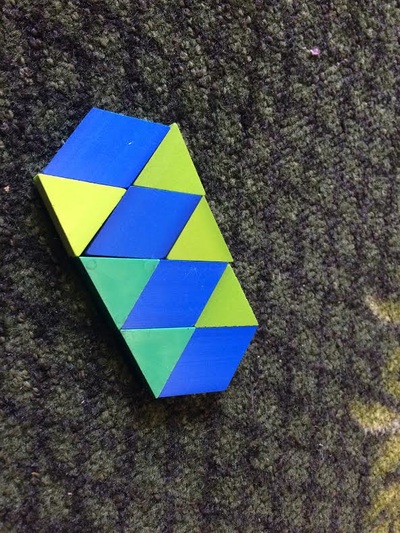
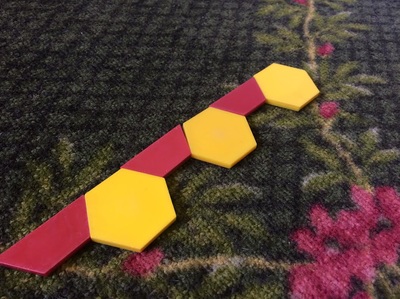
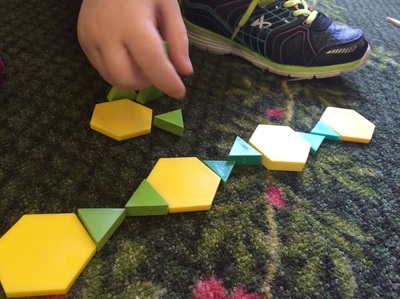
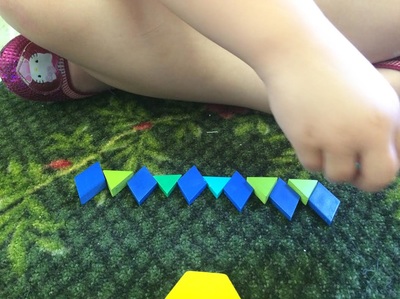
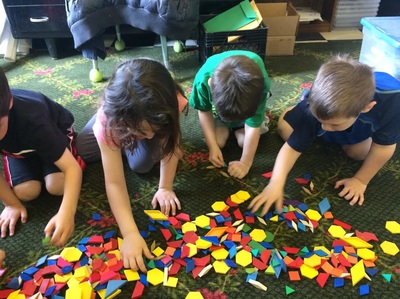
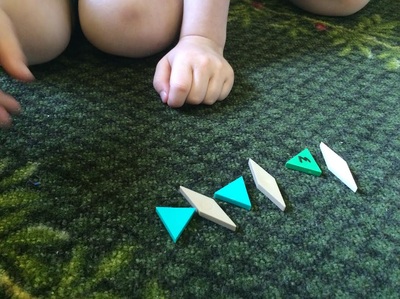
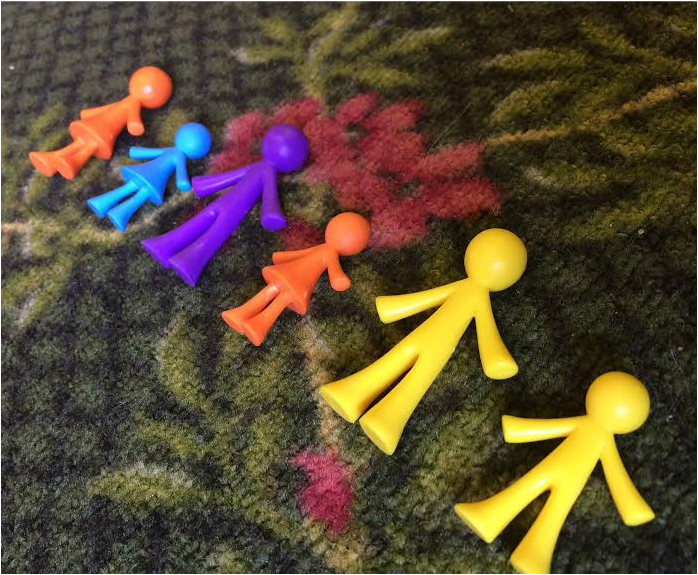
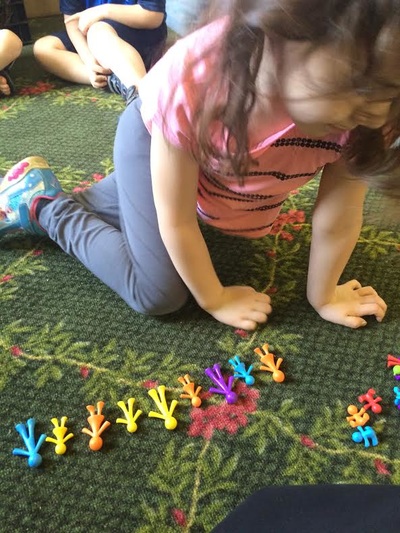
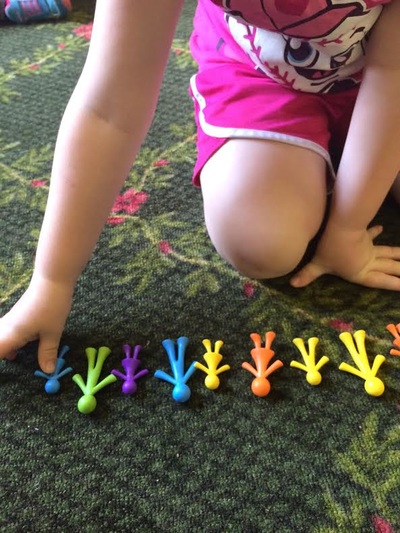
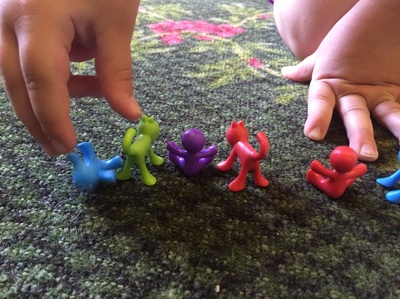
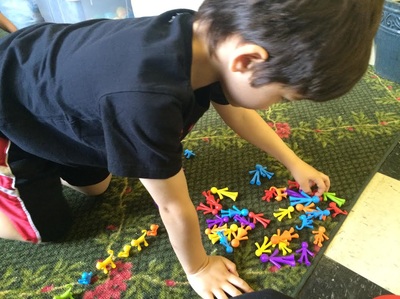
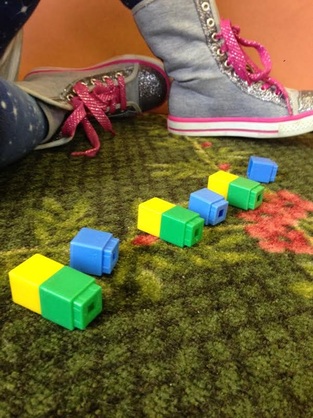
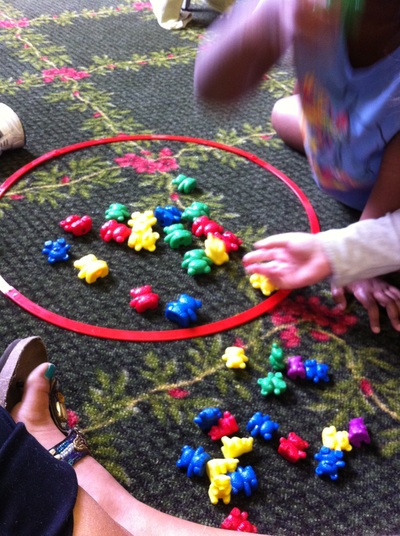
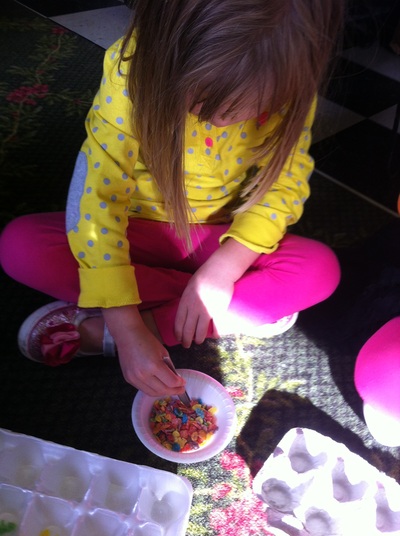
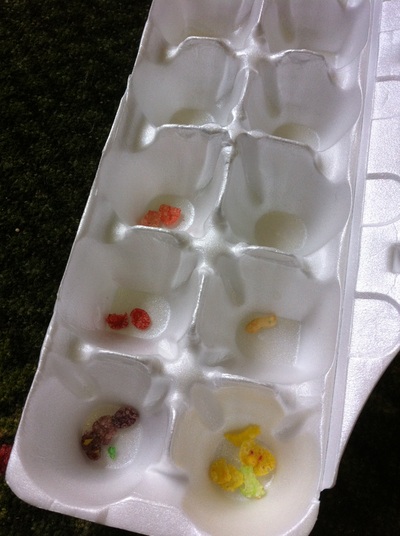
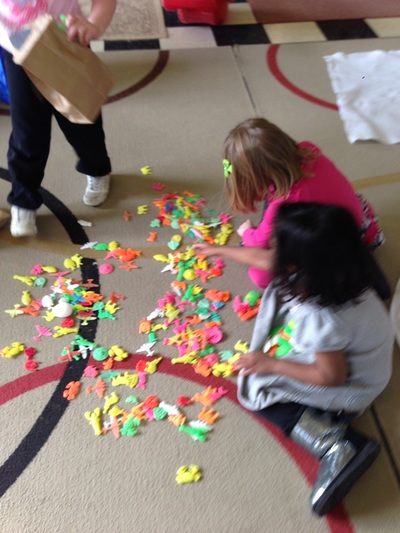
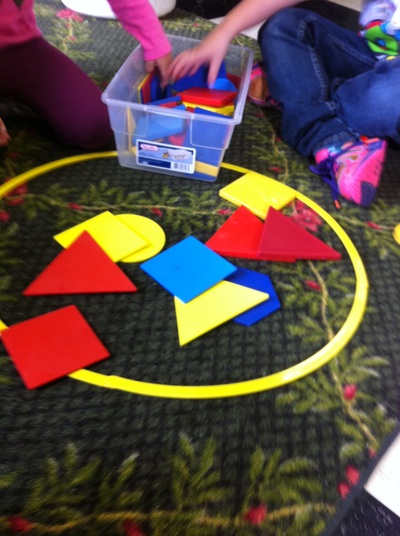
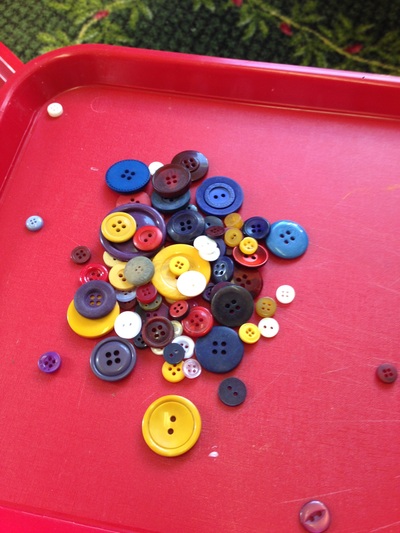
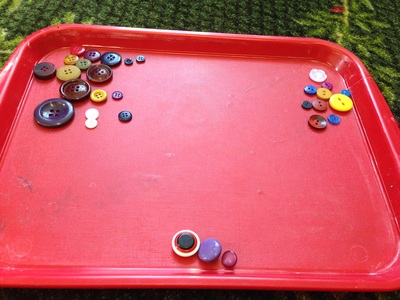
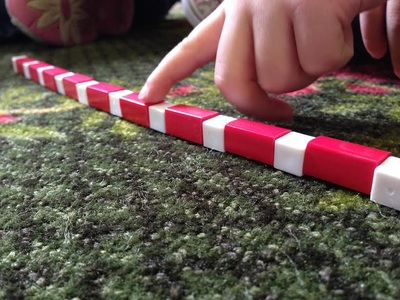
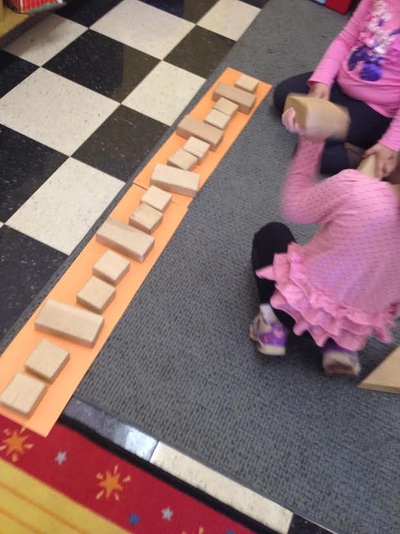
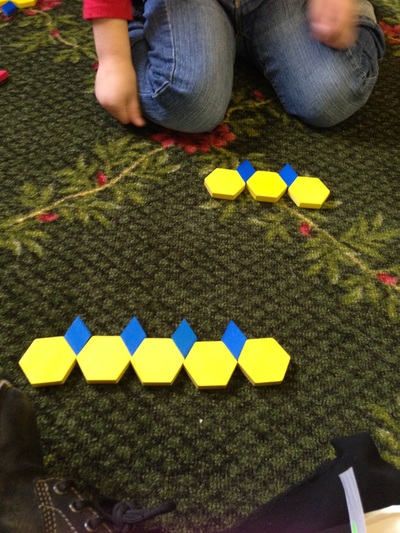
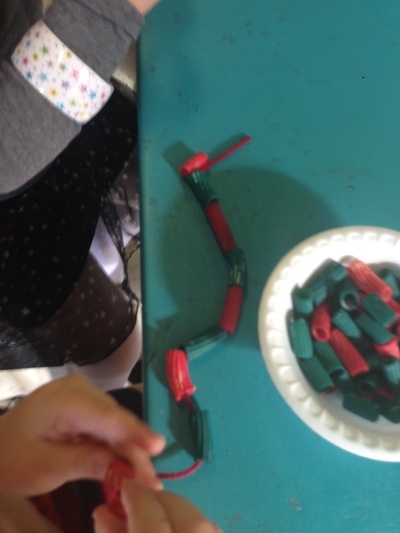
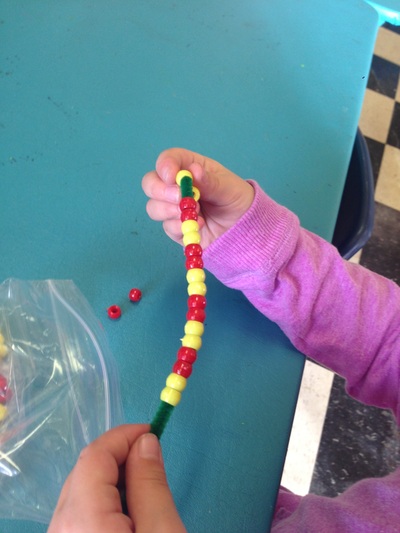
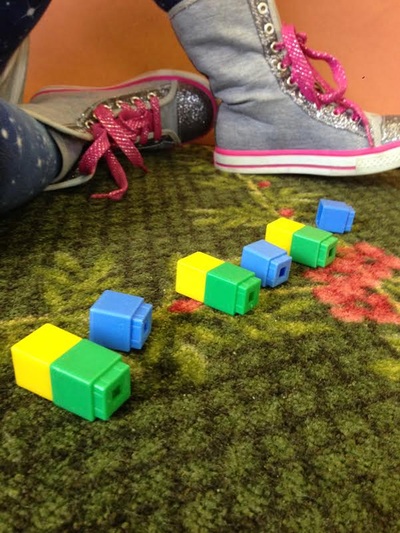
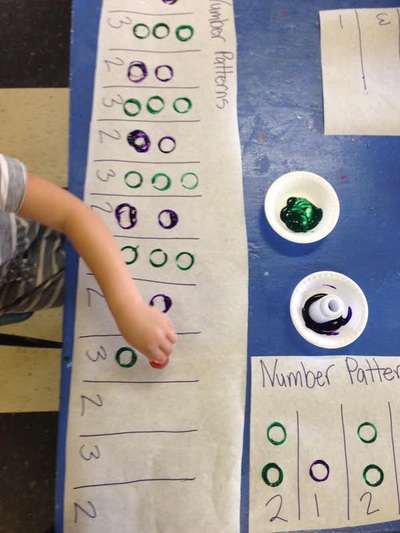
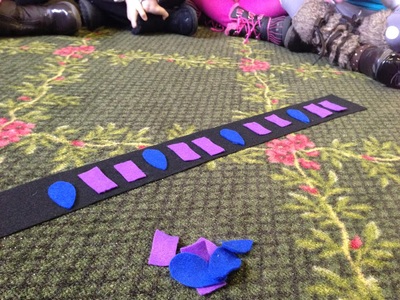
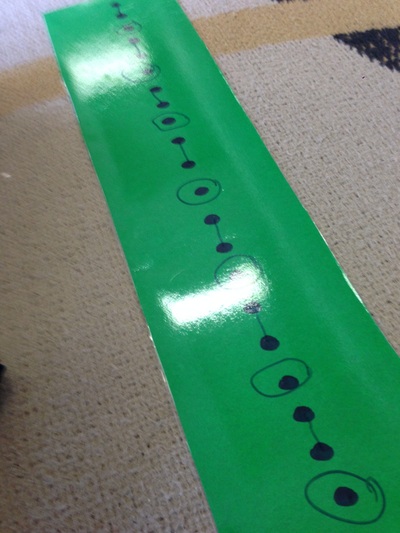
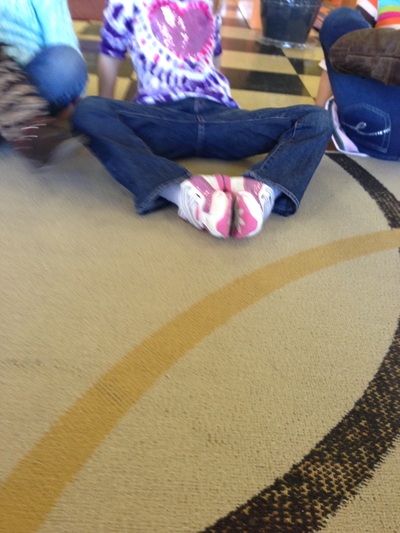
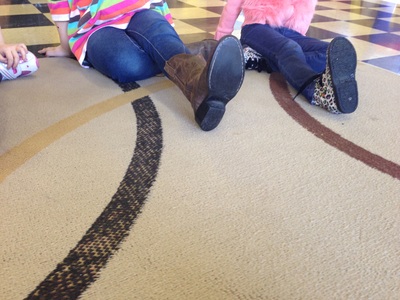
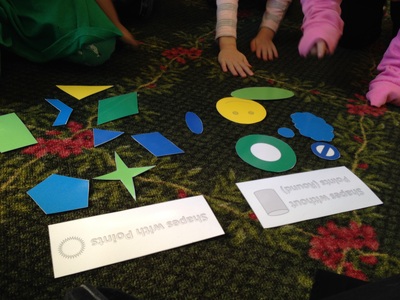
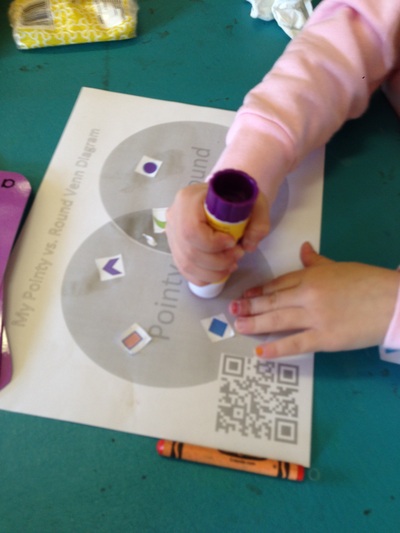
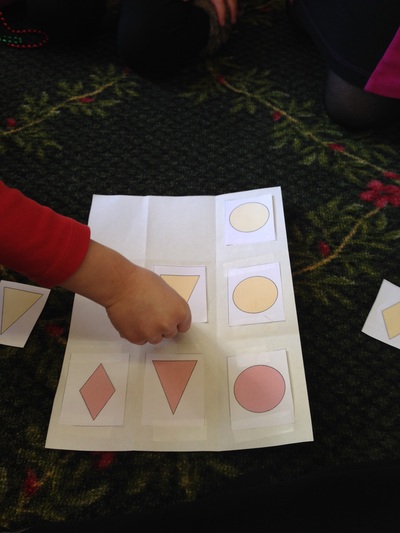
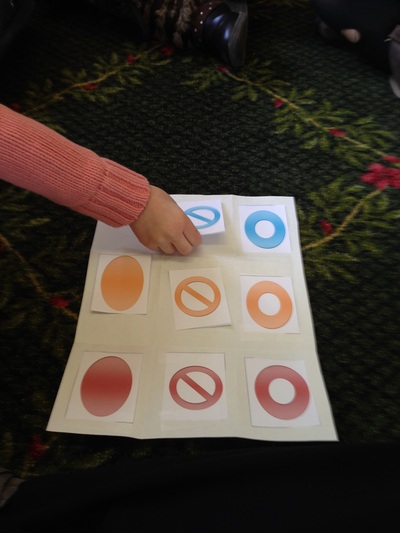
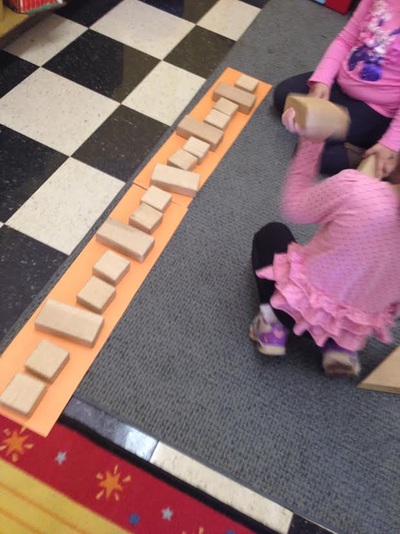
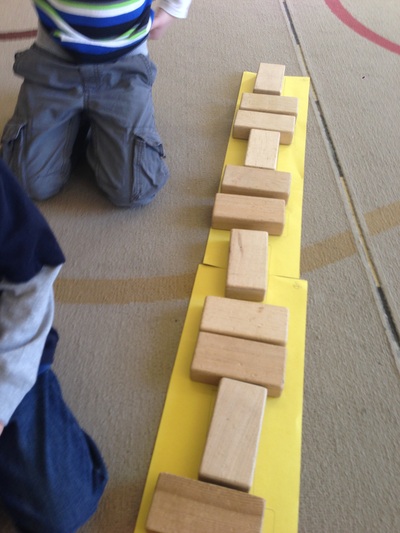
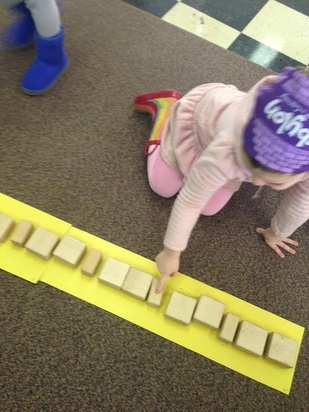
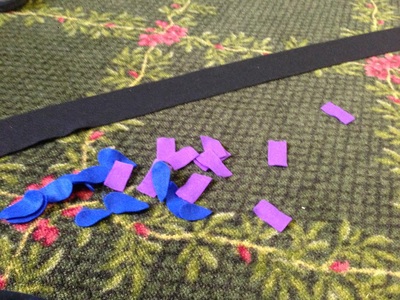
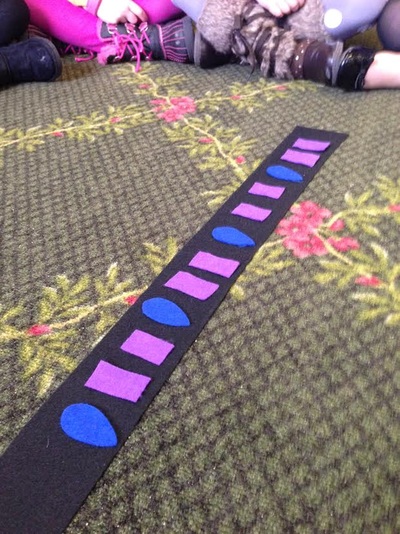
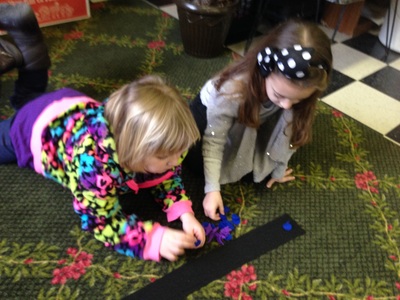
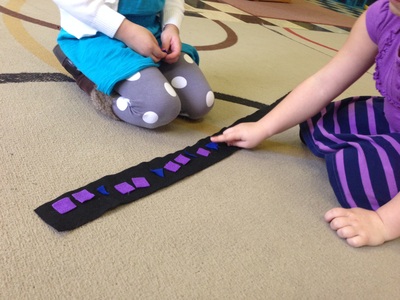
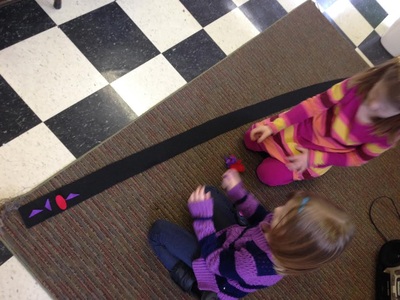
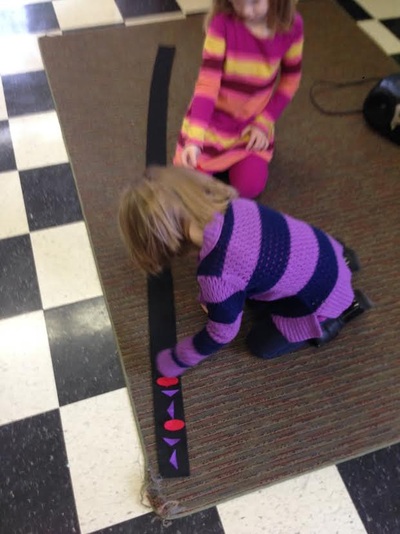
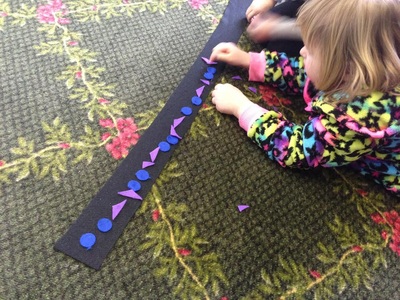
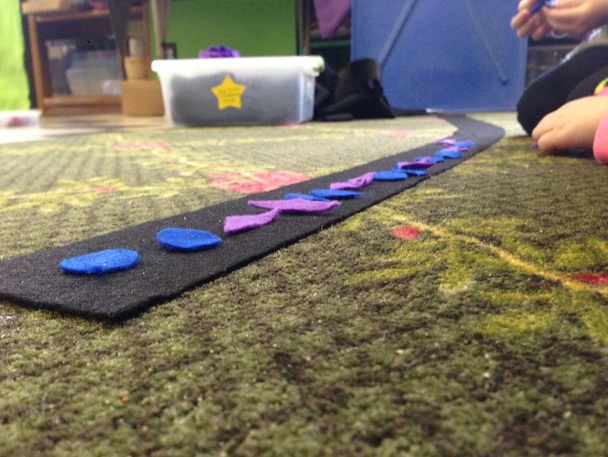
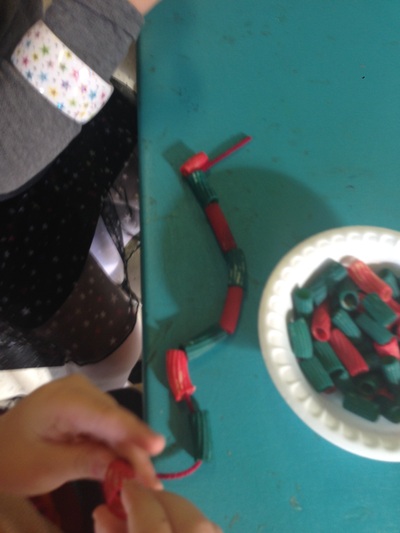
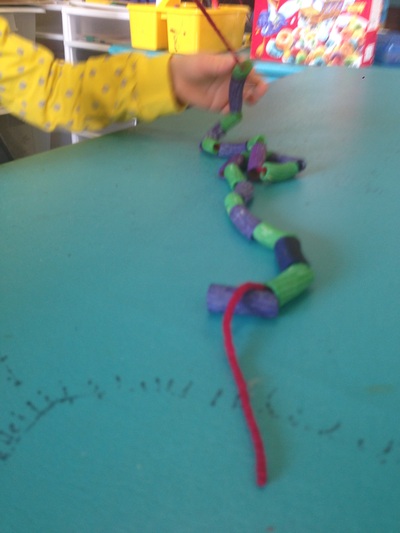
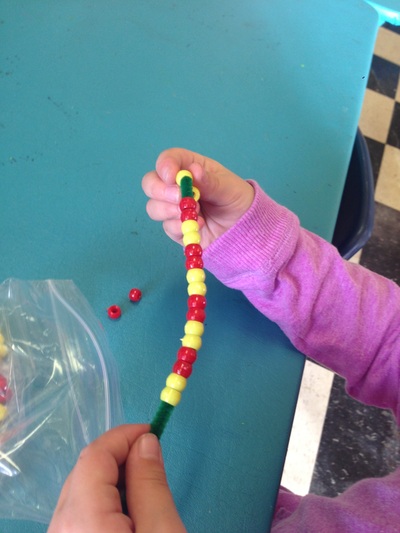
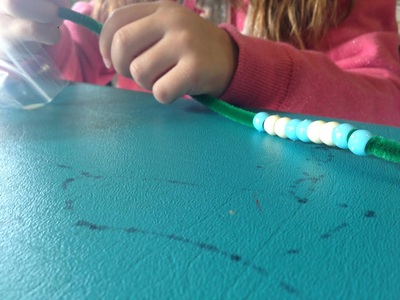
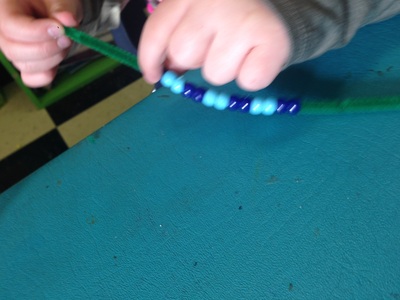
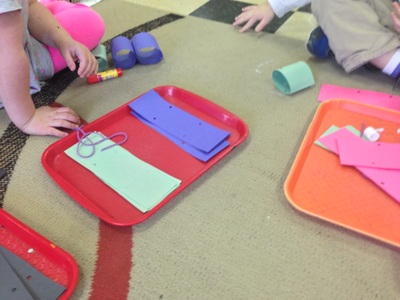
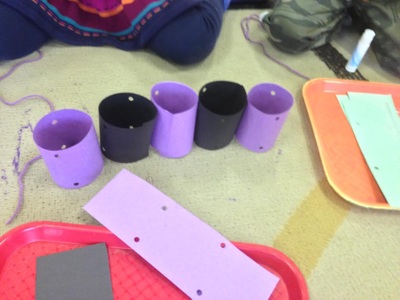
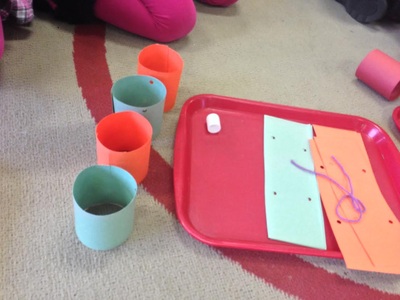
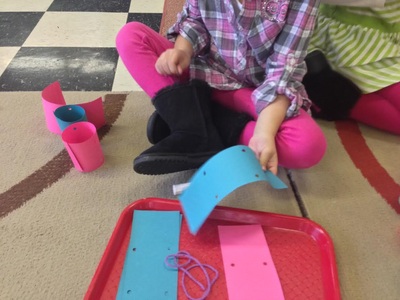
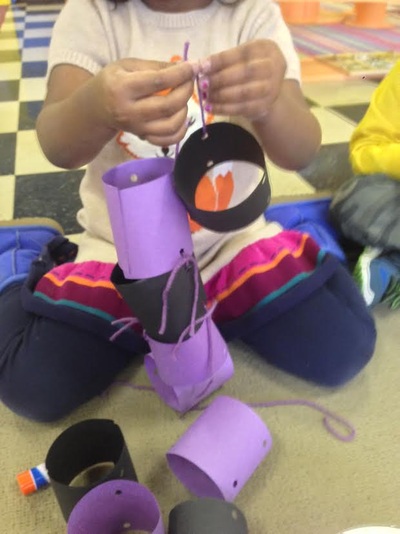
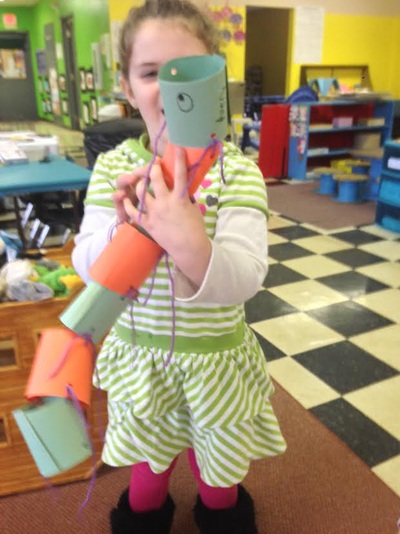
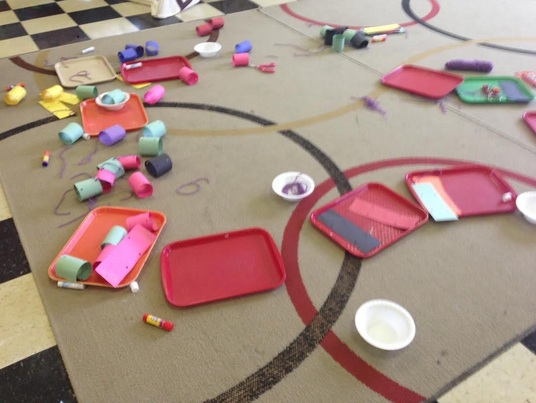
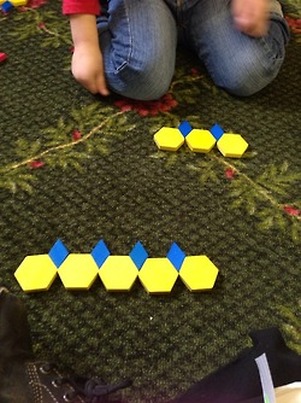
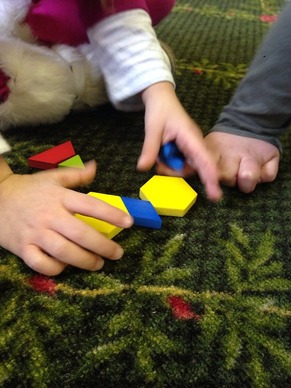
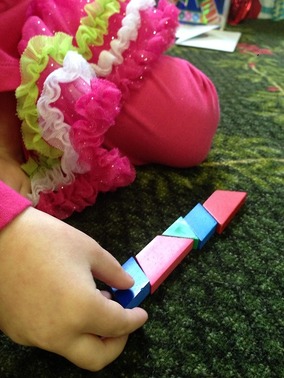

 RSS Feed
RSS Feed